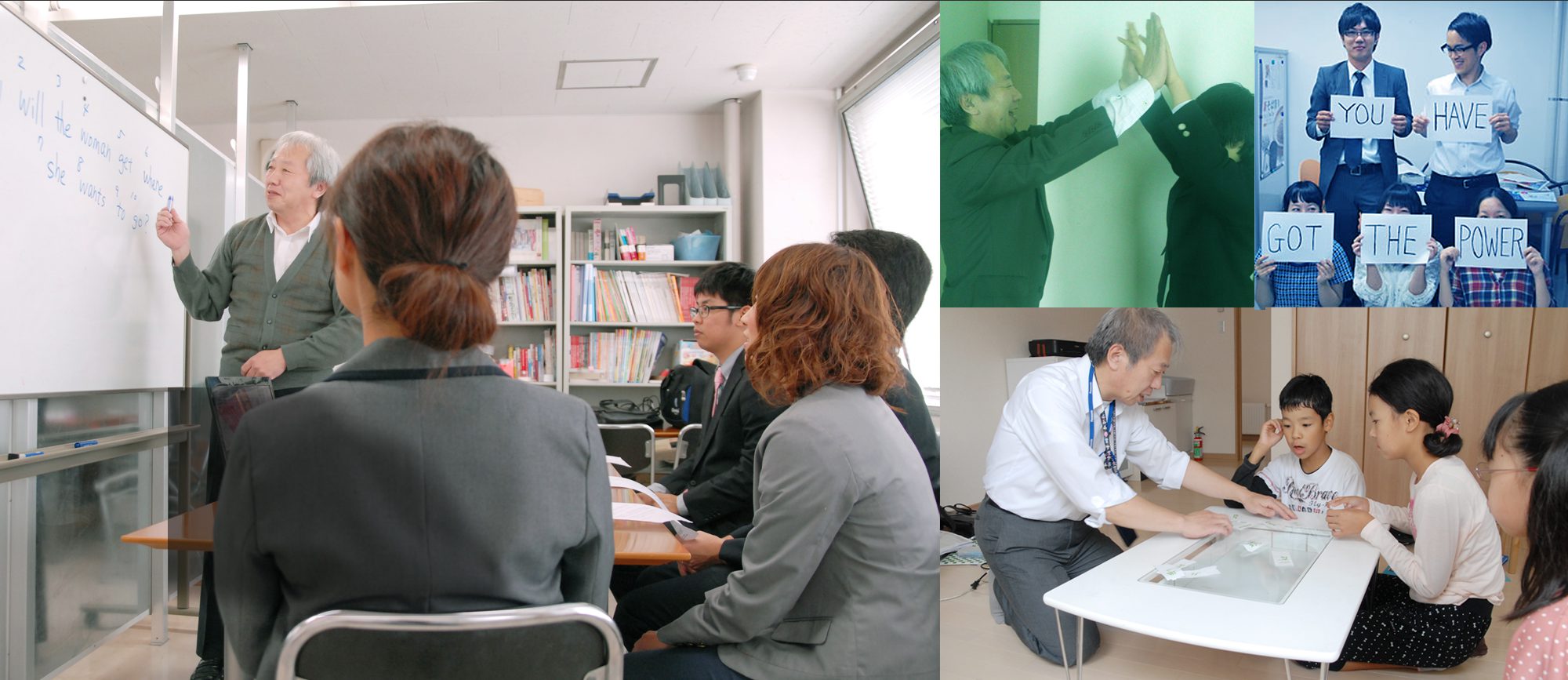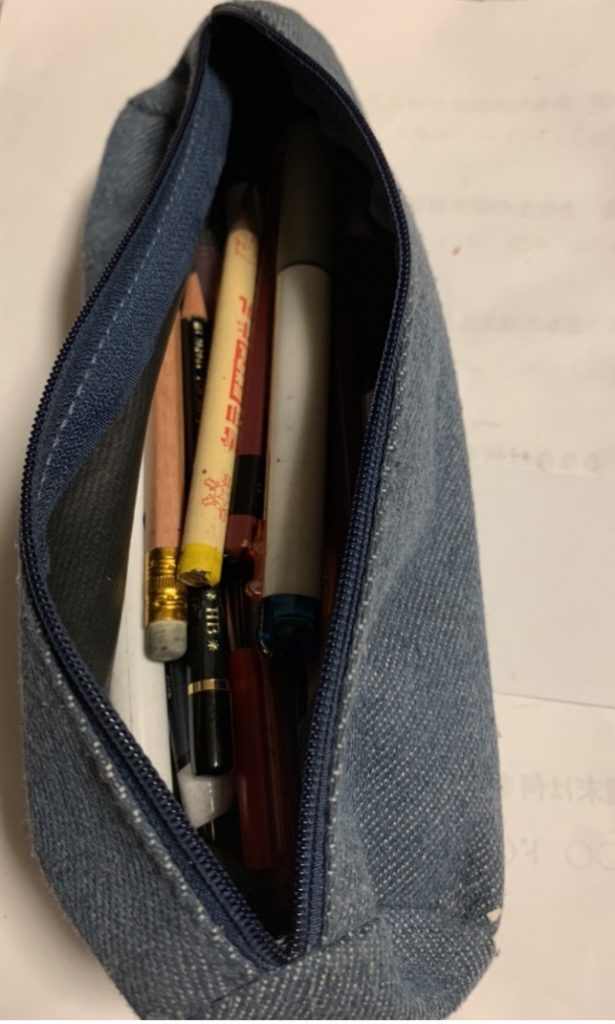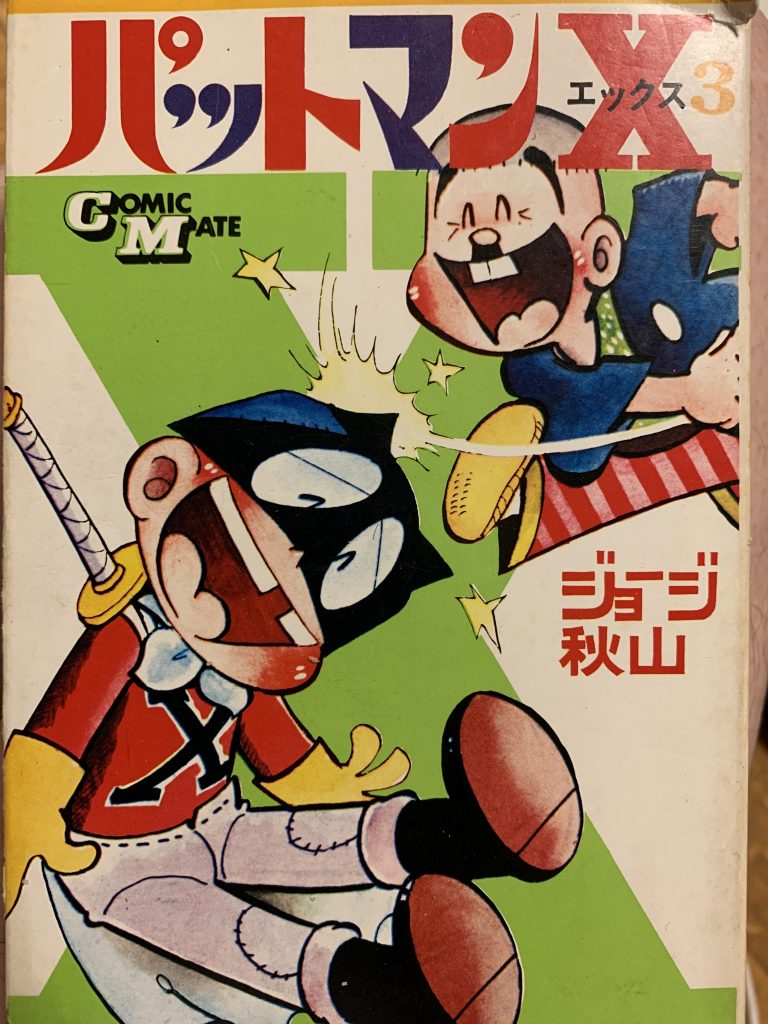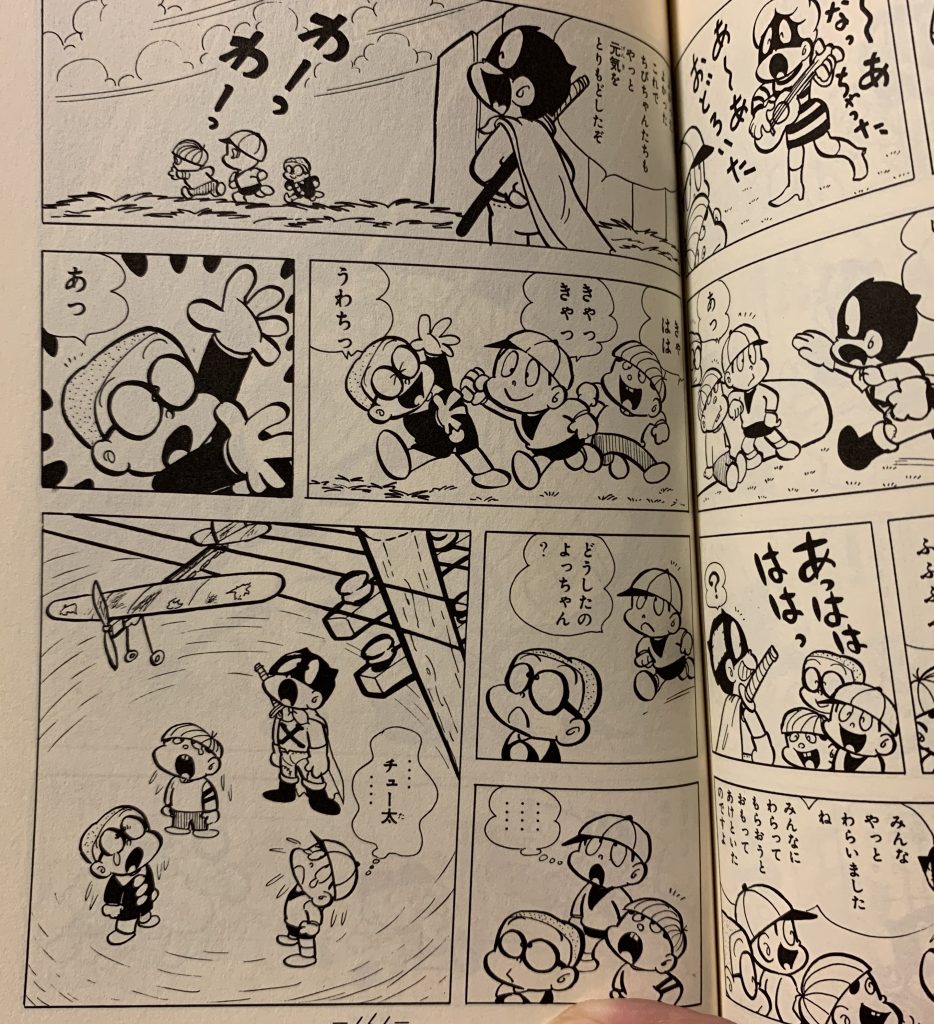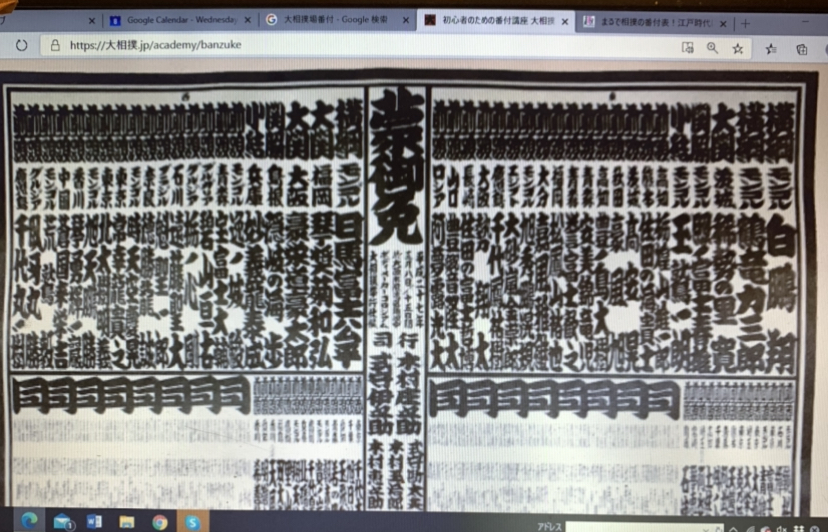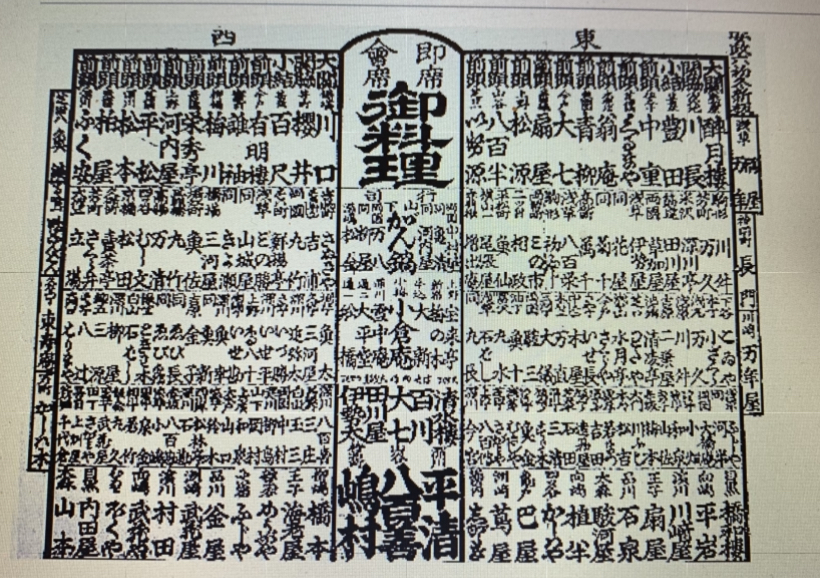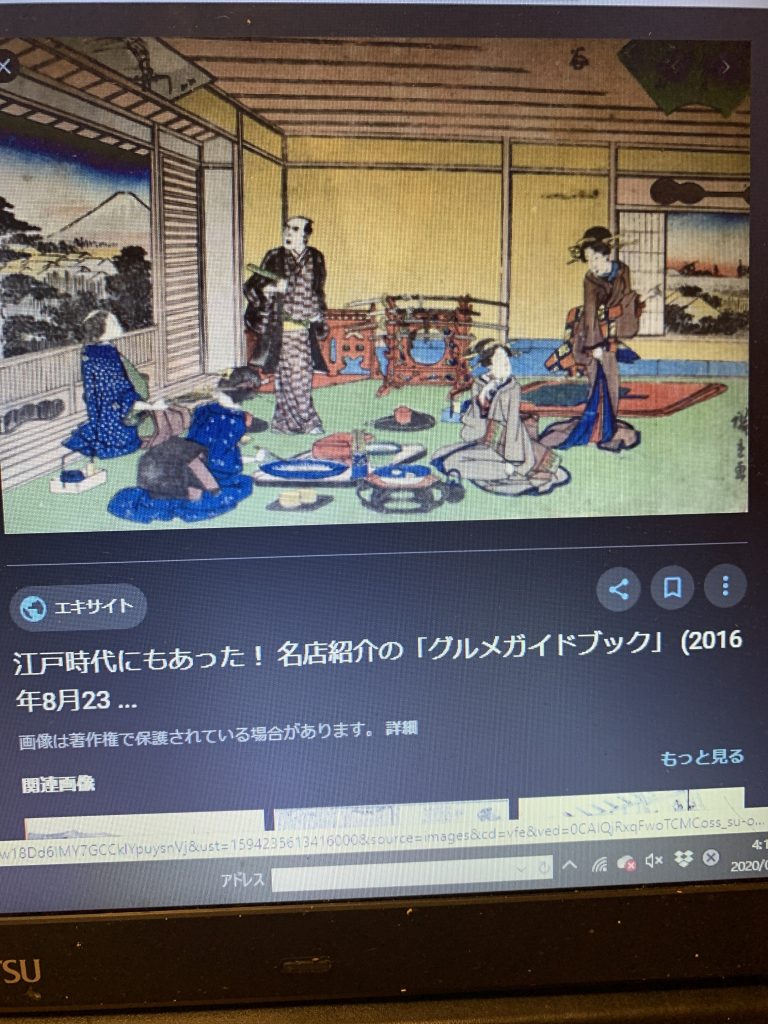久々にArvinくんとトークをしました。内容は少年法について。下がその議事録です。笑笑 わかりやすいようにするため、彼のセリフを斜体にしてあります。
Have you ever heard of so-called Juvenile Law Nomura san ?
What ? Juvenile Law? Yes I heard about it by the name. It’s named SHONENHO 少年法 in our country. I don’t know much about it except that it avoids punishing young people who committed crimes.
Yes it’s main idea is “correction instead of punishment“
I wonder if it performs its original purpose
What do you mean Nomura san?
.
Some children are taking advantage of the benefits stated in the law.
They know they are not punished for the crime committed.
Oh no does it happen in such a peaceful country as Japan?
Yes it does. Actually I heard some children say “We are protected under the Juvenile law. Now is the good time to commit crimes”
Oh no that sounds contradictory. It really defeats its original purpose to give children a chance to rehabilitate themselves.
Anyway the time has passed and the social and cultural values have also changed. And many people question the significance of that Law.
It would be necessary for us
to have a discussion
before deciding which way to go.
That’s right.
